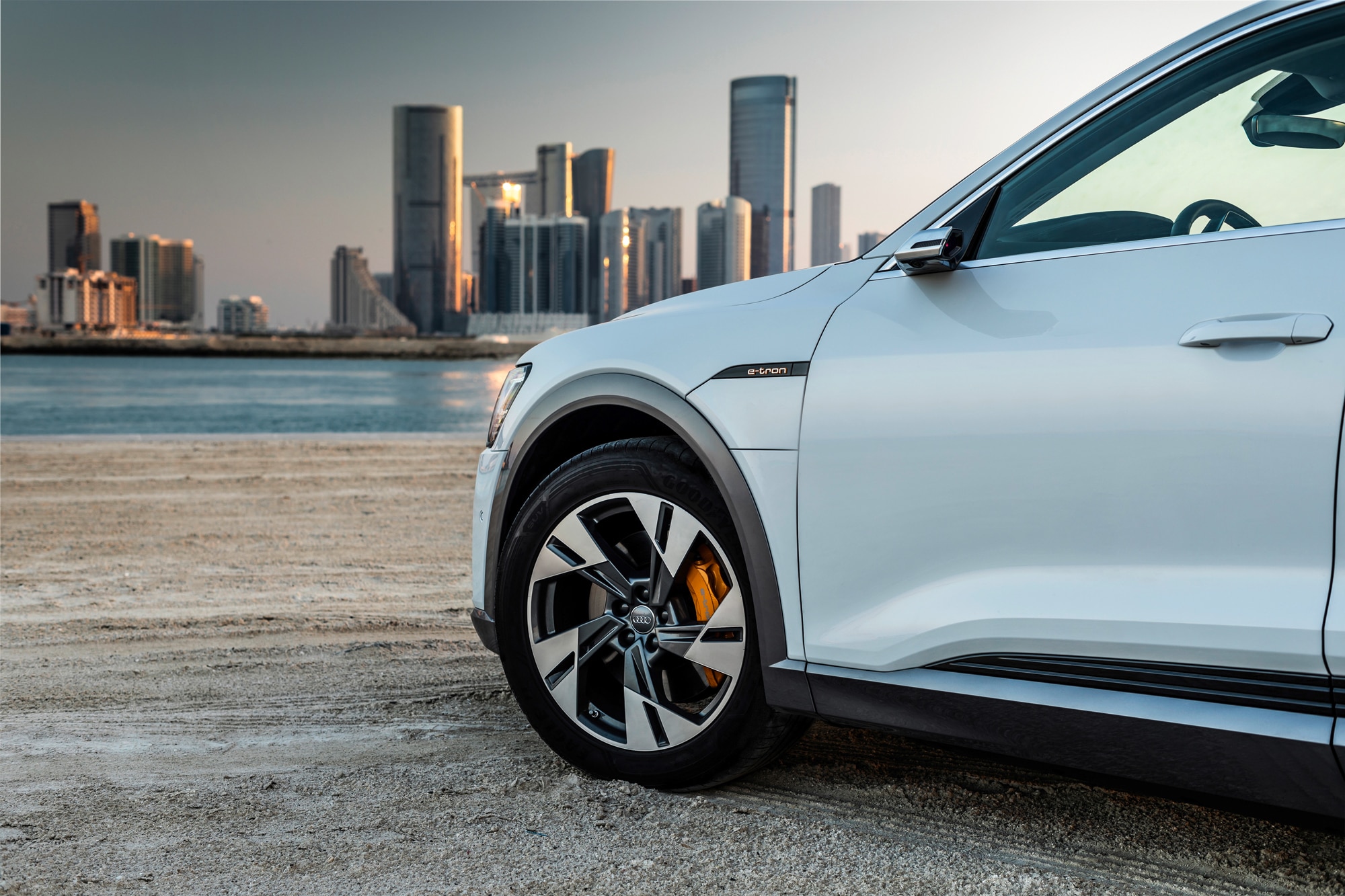What is Brake-by-Wire?
Electronically controlled brakes are found in a variety of vehicles, including hybrids and electric cars. Here’s what you need to know.
 Audi
Audi
Article QuickTakes:
Brake-by-wire is an increasingly common technology in modern cars, especially hybrids and electric vehicles. Rather than relying entirely on a traditional hydraulic braking system—pressurized fluid flowing through small pipes and tubes—to connect the brake pedal with the hardware at the wheels, sensors are used to detect pedal movement. Microprocessors then activate the mechanical brake components as needed.
Electronic control of braking offers many benefits, including the ability to incorporate leading-edge safety features like automatic emergency braking. The shift from an entirely mechanical system to one using microchips and wires, following aviation practice, also offers opportunities to customize the driving experience.
What are the Pros and Cons of Brake-by-Wire?
Computer oversight of brake systems is nothing new. Anti-lock brakes, usually called ABS, are standard equipment on new vehicles. By detecting when a wheel is about to stop rotating, the antilock system can intervene to prevent skids and preserve steering control under hard braking.
Brake-by-wire takes this strategy further, monitoring a number of factors to determine how much braking force to apply. For example, an onboard camera or radar sensor might determine that a collision is imminent and actuate maximum braking, even when the driver has not applied full force on the brake pedal. Sophisticated software also makes it possible to adjust braking feel when different drive modes are selected—a switch to Sport mode could bring a firmer pedal feel than that of Comfort mode.
For hybrids and electric vehicles, brake-by-wire is practically a given. These cars use their electric drive motors to help slow the car in a process called regenerative braking. The motor temporarily acts as a generator, capturing the energy of the vehicle’s motion and storing it as electricity in the battery. Conventional brake pads and brake discs are still needed for hard stops, however, and a brake-by-wire system makes it easier for engineers to smoothly blend the braking forces of the two different systems.
Without a direct mechanical connection between the brake pads and the pedal, brake-by-wire systems may lose some of the pedal feel that drivers expect. Formula 1 switched to brake-by-wire in 2014 and drivers found it challenging to adapt. And electronics may introduce new concerns regarding system failures, though traditional braking systems aren’t immune from braking issues.
Why are Automakers Switching to Brake-by-Wire?
As advanced driver-assistance systems become more common and more capable, brake-by-wire offers finer and faster control for modulating the brakes compared to vehicles that use the antilock braking pump for the same purpose. A by-wire setup can also save weight by eliminating the ABS pump and other components, such as an electric vacuum pump.
For now, brake-by-wire systems still squeeze the brake pads with pressurized brake fluid, but engineers are already thinking about eliminating the hydraulic network. By using electronically controlled brake calipers, future brake-by-wire designs could be lighter, cheaper, and less mechanically complex than conventional brakes.
What Cars Have Brake-by-Wire?
Many more than you might expect. Among GM products, Chevrolet uses it in the C8 Chevrolet Corvette, and it’s also in some models of the Cadillac CT4, CT5 and XT4, Buick Encore GX, and Chevrolet Trailblazer.
The Alfa Romeo Giulia and Stelvio use it, as do hybrids from Toyota and Lexus and electric cars like the Audi e-tron and Porsche Taycan.
What Happens if Brake-by-Wire Stops Working?
As a safety-critical system, there are redundant sensors for measures like brake pedal position, brake fluid pressure, and wheel speed. The worst-case scenario for a brake-by-wire system is a complete loss of electrical power, but these systems typically maintain a backup hydraulic connection between the pedal and the brakes themselves. Even if everything powers down unexpectedly, the driver can still stomp the brake pedal and bring the car to a stop.



